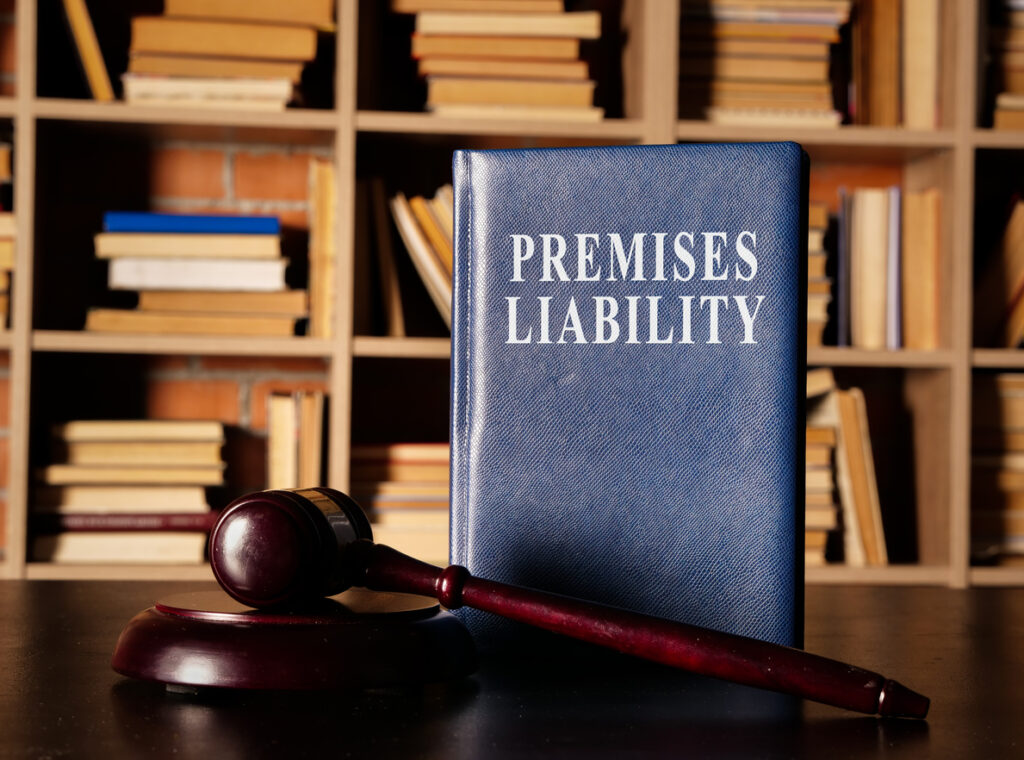When beginning divorce proceedings in California, ensuring that your spouse receives proper legal notice is not just a procedural step—it is the foundation of the entire case. Serving divorce papers to spouse in California must be done according to the rules set out in the California Code of Civil Procedure. Yet, many petitioners unknowingly make critical mistakes during the service process, risking delays, dismissed filings, or invalid judgments.
This guide highlights the most frequent and avoidable missteps made while serving divorce documents and offers direction on how to proceed correctly. By understanding what can go wrong and how to stay compliant, you can keep your divorce case on track and avoid judicial setbacks.
Why Proper Service Is Crucial in California Divorce Proceedings
Courts in California do not allow divorce cases to move forward unless proof of legal service is properly submitted. This legal requirement ensures due process, giving the respondent fair notice of the case. That’s why serving divorce papers to spouse in California is one of the most important and regulated steps in any dissolution process.
Improper service jeopardizes everything that follows. Whether you’re seeking a default judgment or moving forward with contested litigation, the court cannot proceed without verified documentation that the other party received the summons and petition. Mistakes in this step often lead to rejected filings and time-consuming do-overs, making it essential to know what errors to avoid from the outset.
Relying on Self-Service Instead of a Third Party
One of the most common mistakes is attempting to deliver the divorce papers yourself. California law prohibits the petitioner from personally serving divorce documents. Serving divorce papers to spouse in California must be done by someone who is at least 18 years old and not a party to the case.
This rule exists to ensure neutrality and to prevent conflict. Even if your spouse agrees to accept the documents, the court will not recognize the service as valid if you, the petitioner, perform the delivery yourself. Always use a neutral third party—either a friend, family member, or professional process server—to avoid this fatal error.
Using Incomplete or Outdated Forms
Filing the correct documents is only half the battle. Failing to use updated forms or leaving required fields blank can render your service invalid. California courts require strict compliance with current judicial forms, including the Summons, Petition for Dissolution, and any required local attachments.
When serving divorce papers to spouse in California, it’s not enough to simply hand over paperwork. The documents must be properly filed, stamped by the court, and served as a complete set. Missing even one required form can lead to the court rejecting your Proof of Service, forcing you to start the process again.
Make sure to double-check the latest California Judicial Council forms and your county’s specific requirements before preparing your service packet.
Serving at the Wrong Time or Place
California courts allow service to be completed at home, work, or any place where the recipient can reasonably be expected to accept legal documents. However, trying to serve someone at an unverified address or at an inconvenient time can result in failure of service.
Serving divorce papers to spouse in California is only valid when the documents are delivered directly to the respondent or left with a qualified substitute (in some limited situations). If you attempt service at a location your spouse no longer visits or mail documents to an outdated address, the court will consider the service ineffective.
Timing matters too. Avoid attempting service during vacations, outside of normal hours, or during times when the recipient is unlikely to respond. Poorly timed delivery attempts may be challenged or ignored, stalling your case indefinitely.
Assuming Mail Delivery Equals Valid Service
A common misconception is that mailing the divorce papers with tracking is sufficient. In reality, serving divorce papers to spouse in California by mail is only valid if the recipient voluntarily signs and returns the Notice and Acknowledgment of Receipt. A delivery confirmation or signature from a courier is not enough to meet the court’s requirements.
If you fail to obtain the signed acknowledgment, your attempt to serve by mail is legally incomplete. Without that form, your court case will not proceed. This mistake frequently results in court delays and a forced switch to more formal service methods.
Anyone considering service by mail must ensure the recipient is cooperative and willing to return the form. If there’s any doubt, a personal service method is usually more reliable.
Using Ineligible Servers
California law specifies that the person who serves the divorce papers must be over the age of 18 and not a party to the divorce. Relying on a child, roommate, or co-petitioner is not permitted.
Serving divorce papers to spouse in California using an ineligible server can nullify the entire service process. Even if the spouse receives the papers and responds, the court will invalidate the service if the server doesn’t meet the eligibility requirements.
Always confirm the legal eligibility of the person delivering the documents. Hiring a registered process server, sheriff, or professional third party is often the safest option when certainty and legal compliance are required.
Neglecting to File the Proof of Service
Serving the documents is only part of the process. To finalize the step, you must submit a properly completed Proof of Service form to the court. This document confirms who served the papers, how, when, and where it was done.
Neglecting to file this form is a critical oversight. The court will not recognize the service as complete without it, even if the papers were legally delivered.
For instance, in cases involving service by mail, the signed Notice and Acknowledgment of Receipt must be attached to the Proof of Service form. When serving divorce papers to spouse in California, every delivery method has its own required documentation. Incomplete or improperly filed forms will stall the entire divorce process.
Failing to Confirm the Spouse’s Current Address
Sending documents to an address that is no longer current is one of the most common service mistakes. Whether you’re using mail, courier, or personal service, delivering documents to the wrong location renders the attempt invalid.
When serving divorce papers to spouse in California, you bear the burden of ensuring the recipient’s address is accurate. Relying on outdated records, hearsay, or assumptions about the respondent’s location can lead to missed deadlines and rejected filings.
To avoid this issue, verify the current address through multiple sources. If the spouse’s location is unknown, you may need to request substituted service or permission to serve by publication from the court.
Trying to Serve Through Social Media, Text, or Email
Although it might seem convenient, California courts do not recognize electronic service as valid for initial divorce papers. That includes texts, emails, and direct messages on social media platforms.
Serving divorce papers to spouse in California must follow physical service requirements. Only certain post-filing documents may be served electronically, and even then, only with mutual consent and proper protocol.
Relying on digital communications to serve the initial petition and summons is a serious misstep. Courts have dismissed filings when petitioners have tried to shortcut the process this way.
Attempting Service Too Close to a Court Date
Timing is essential when serving legal documents. California law requires a minimum notice period between service and the scheduled court hearing. For initial divorce papers, the respondent must be given enough time to file a response—typically 30 days.
Serving divorce papers to spouse in California only a few days before a scheduled hearing may result in a request for continuance, postponement, or even dismissal. This is especially risky if you’re hoping for a default judgment and the service doesn’t meet the statutory notice window.
Always allow ample time between service and any planned court activity. Waiting until the last minute not only risks rejection but also reflects poorly on your compliance with due process.
Serving Without Understanding the Court’s Expectations
Each California county may have local rules in addition to statewide service requirements. Filing with the correct courthouse doesn’t guarantee you’ve followed every rule related to service in that jurisdiction.
Serving divorce papers to spouse in California can require additional local forms, deadlines, or delivery instructions. Failure to follow local procedure—even in minor details—can result in court clerks rejecting your Proof of Service or refusing to process your case.
Review the website for the local family court where your case is filed, or consult official publications like the California Courts Self-Help Guide to stay updated on procedural expectations.
Failing to Explore Service Alternatives When Necessary
Some cases involve uncooperative or missing spouses. If personal or mail service is not possible, California courts allow alternative options—such as substituted service, service by publication, or court-directed orders.
But failing to pursue these options in a timely manner can delay your divorce case indefinitely. Courts expect petitioners to make diligent efforts before requesting alternative methods. That includes documenting all attempts and using due diligence to locate the spouse.
If your situation fits this profile, review this in-depth breakdown of what are the legal requirements for serving divorce papers to my California spouse for a detailed understanding of service standards and court-approved alternatives.
Assuming One Attempt Is Enough
A single unsuccessful service attempt is rarely sufficient. California courts expect repeated efforts, especially before granting substituted service or publication.
If a server is unable to locate the spouse on the first try, multiple follow-up attempts at various times and locations are required. Serving divorce papers to spouse in California without persistence or documentation of multiple efforts will often be rejected when alternative service is requested.
Record all attempts carefully—dates, times, addresses, and outcomes. This evidence may be essential if you later need to prove that personal service was attempted and failed in good faith.
Overlooking Professional Help When Needed
While California allows self-representation in divorce cases, trying to handle service entirely on your own can be risky. Serving divorce papers to spouse in California is a legally sensitive step, and mistakes often go unnoticed until they derail your case.
Registered process servers understand the court’s documentation requirements and can provide legally sufficient service without risking rejection. Although hiring professional help has a cost, it can save far more in time and delays.
In contentious or high-stakes cases, using a professional server or consulting legal resources is a wise move that ensures your case begins with solid legal footing.
Conclusion: Avoiding Critical Mistakes When Serving Divorce Papers
The beginning of any divorce case is built on one essential requirement: valid service. Failing to meet California’s procedural standards can stall your case, invalidate proceedings, or give the opposing party grounds to challenge the court’s authority.
Whether you’re serving personally, by mail, or through alternative channels, ensure each step is legally compliant, properly documented, and confirmed with the court. Serving divorce papers to spouse in California may seem straightforward at first glance, but the margin for error is slim—and the consequences of mistakes are significant.
By recognizing and avoiding the common missteps outlined in this guide, you can protect the integrity of your case and move forward with confidence.



